A wise man once told me, in the context of going fast on two-wheeled machines, that “brakes just slow you down”. Never a truer word was spoken, albeit delivered with the intention that you should do whatever it takes to stay off them and keep the throttle twisted/pedals turning for as long as possible, with the levers only deployed as a last-minute resort. In a way, the wise man wasn’t only championing not braking, but having good brakes to call on to do their job strongly and instantly. It’s somewhat ironic that, at the time of the imparted wisdom, disc brakes were still new tech in the moto world, and coaster and caliper brakes would continue to rule the bicycle realm for a good couple of decades yet. How the times have changed.
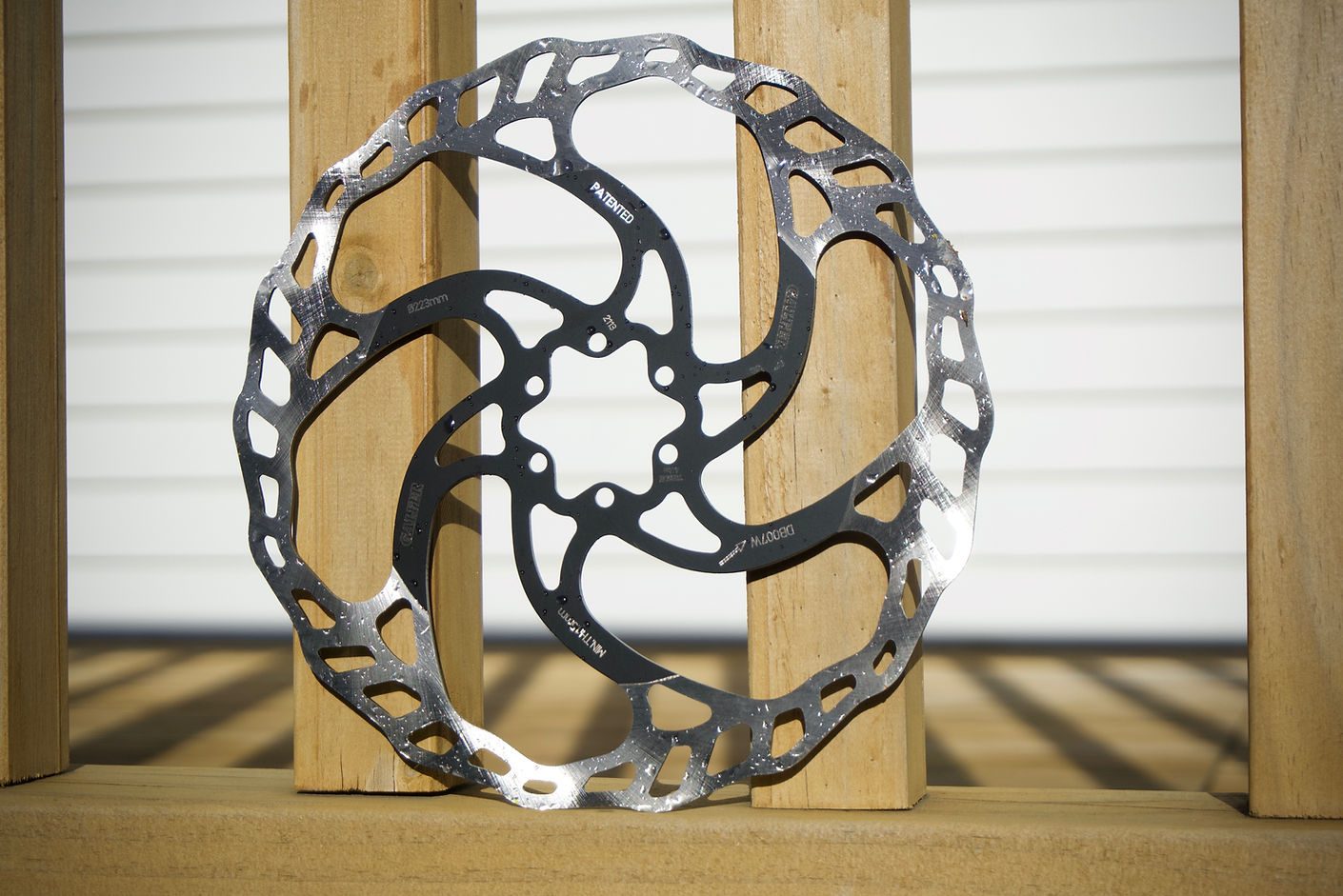
Today, those words still ring true, and we are blessed that we can “lay off the stoppers” until the very last instance, as the power of modern mountain bike brakes is far superior to anything we tried to stop our two-strokes with back then. It’s inevitable that crossover between the two sports has taken place, with moto companies either having influenced development within the bicycle industry, or jumping into the pool completely and applying their experience to the testing waters. Spanish company Galfer has taken the latter approach and is offering a wide range of braking options for the pedal set.
If you’ve never heard of Galfer you’re probably not alone, yet they are not exactly a new player in MTB, having developed brake pads for bicycles since 1990. Their automotive history goes back as far as 1952, so they know what they’re doing. Being mainly marketed in Europe for most of that time, they are now expanding into the international market in a big way. I was excited to see their name here in NZ and, serendipitously, I was looking to upgrade my eMTB brakes when I saw that FE Sports were distributing Galfer down under. A set of 223mm rotors, eMTB specific pads, and the necessary adapters were soon on their way.
The stock brakes on my eMTB were not bad, but not outstanding either, so I thought it would be a good test to see how much difference bigger rotors and special pads would make. The Shimano 4-piston calipers I was using were at the lower/mid-end of their range, so could they be made to work like a high-end calliper? Short answer, yes! Immediately the power was increased, noticeably, and the feel at the lever was definitely more ‘grabby’ – in a good way, like a sensation of the pads biting the rotor rather than dragging on it to slow the wheel. Whether this is due to the semi-organic/metallic compound or the bigger rotors, well, I’m not sure, but I’d say a combination of both is likely the answer. There is no noticeable increase in rotor flex over a 200mm disc, as the 223 uses a thicker 2.0mm steel which keeps them straight and resists/dissipates heat build-up better. The Centrelock to 6-Bolt adapters are beautifully made, by the way, and the tight interface between them and the rotors no doubt helps with the solid feel also.
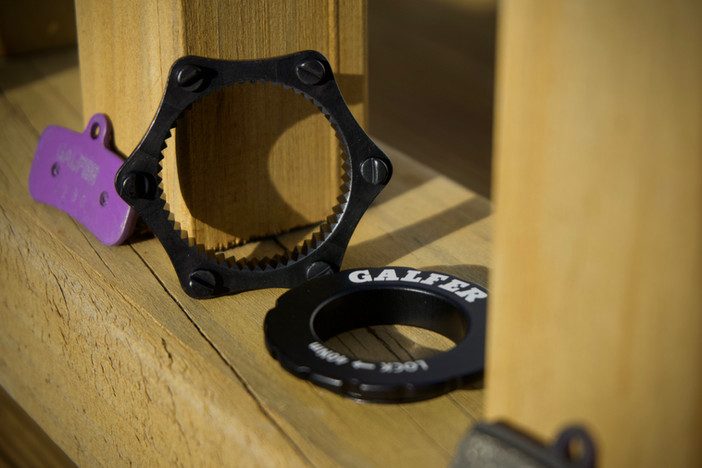
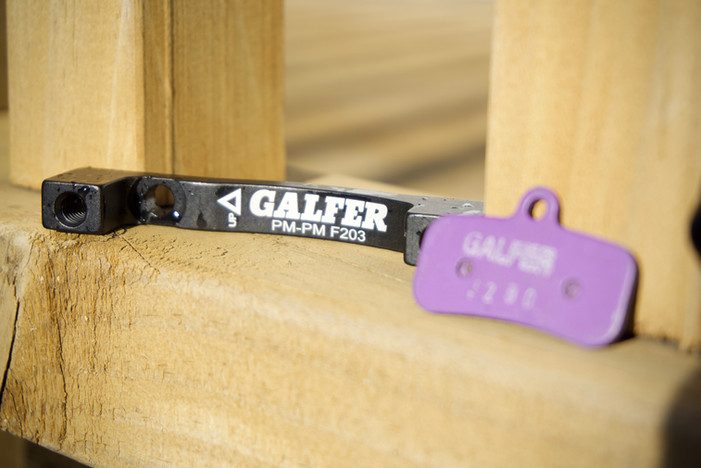
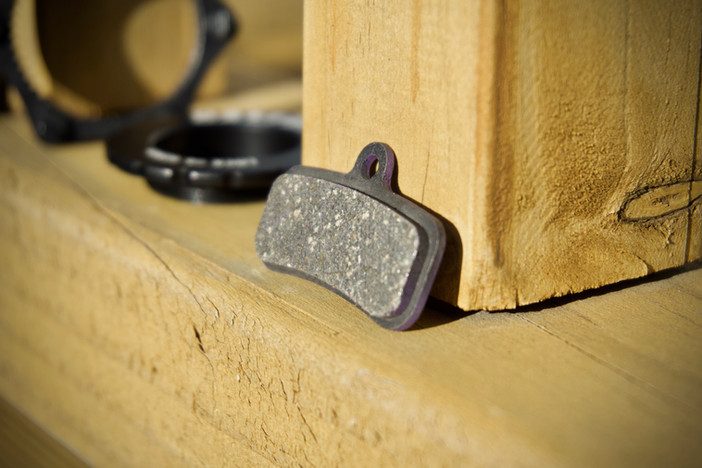
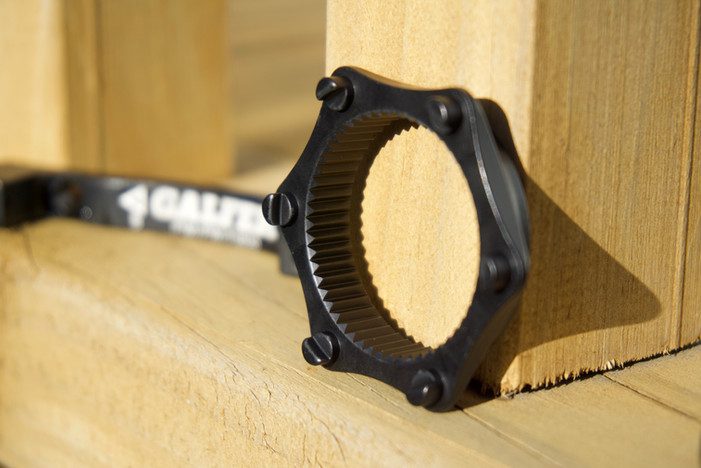
Having recently upgraded the callipers to Shimano’s Saint model has stepped up the power even more, as you’d expect. The bite, modulation and precision of the braking is as good as anything out there, and the Galfer components are a worthy enhancement to any brakes, from low- to high-end. If you want to go fast, you need to stop quickly and consistently, and these Spanish brake guru’s bits will have you flying with the confidence to stop. Wise words indeed.
Distributed by FE Sports
Reviewed by Brett Kennedy

